The essential canoe equipment
It is a surprising fact that most beginner canoeists tend not to carry out any relevant research before buying their very first canoe and associated equipment. The most common reason is down to an eagerness to get going in the sport: people see others canoeing effortlessly and mistakenly believe you can simply start with any kind of equipment and basic knowledge. It’s clear that many new canoeists simply go to a shop selling canoeing equipment, buy any kind of boat and paddle, and think they have no need to practice any form of due diligence.
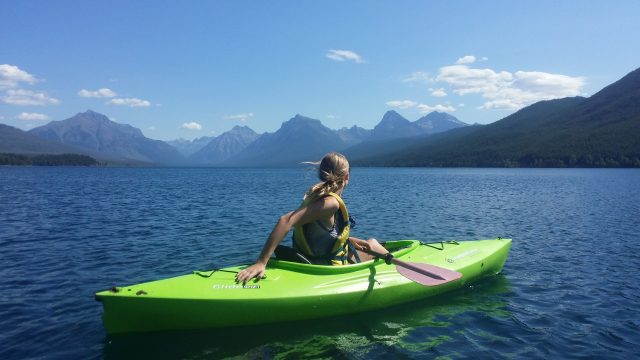
However, if you speak to professionals or any serious canoeist, they will definitely advise you otherwise. It is true that you can start with a bare minimum when it comes to canoeing equipment, but some of the gear is more important than others, and neglecting these can cause serious disappointment and lead to a negative impact on your motivation in progressing in the sport. Perhaps more importantly, you’ll also be putting your safety and general well-being at risk. Learning about the essential items needed for safe and enjoyable canoeing will make your experience much more pleasant.
The following list will provide you with some important pointers to take into consideration before buying your first canoe and related equipment.
Canoe
Canoes come in all kinds of different shapes and sizes. Recreational canoes are different from racing kayaks and both are very different from those used in whitewater sports. Some canoes are designed to accommodate one paddler only, others can easily hold two, and some can comfortably take on board three people. The type of canoe you will need for your adventure depends on various things including the number of people accompanying you and what type of paddler you are in terms of technique and experience.
Paddle
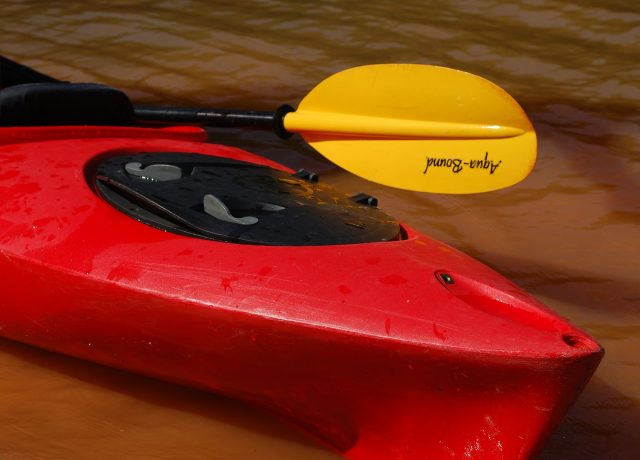
Obviously, canoeing is not possible without a paddle. Always make sure that you have on board enough paddles for the course of your canoeing trip. The rule of thumb is that always buy at least one more then you need. This way you will have a backup paddle in case something goes wrong and you need to use a spare to get back to base.
PFD
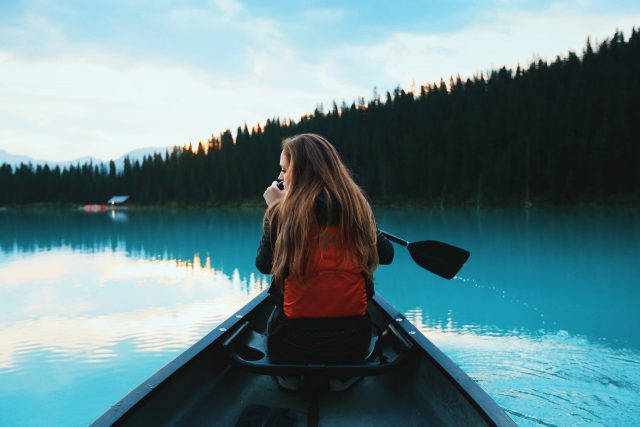
Safety must be your foremost priority when out on the water. A PFD, or Personal Flotation Device, is a life jacket specially designed for canoeing and kayaking. Though it may seem common sense to carry a PFD while canoeing, there are a surprising number of people who do not pay enough attention to the importance of safety and fail to buy a PFD for canoeing. It is, in fact, illegal to paddle on the water without a proper PFD. If there is more than one person in or on your canoe, make sure there is a PFD available for everybody.
Wetsuit, drysuit, paddle jacket
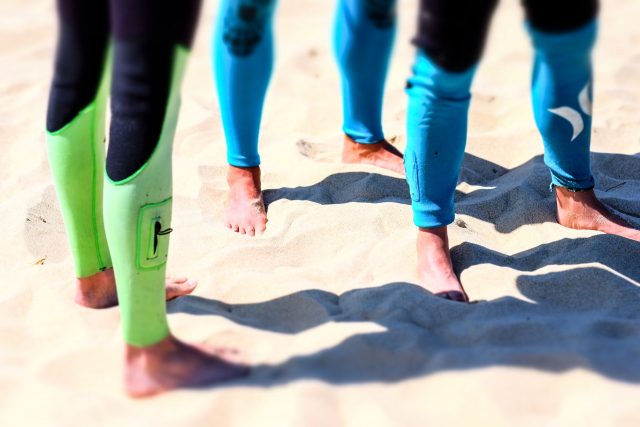
Carrying these additional items while canoeing is entirely a matter of individual preference, because these are not included among the more important items of canoeing equipment. However, although you can do without these items, they can make your paddling a much more enjoyable experience.
Throwable flotation device
This again isn’t an absolute requirement but highly recommended in certain forms of canoeing. You never know when you might find yourself in a situation where you may need to save the life of a fellow paddler. Coastguards have made it a requirement to carry throwable flotation devices for any vessel longer than 16 feet, but this law doesn’t really apply to canoes and kayaks.
It is always wise to carry at least one piece on board for emergency purposes. Besides, these make perfect cushions and seat pads when you are not using them to save a life.
Rope bag & knife
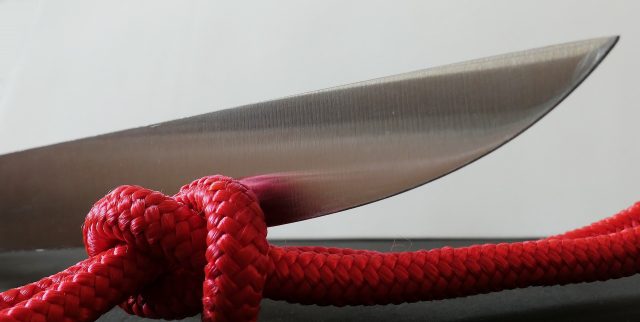
A rope bag can also save the life of one of your friends, so always include one in your gear. And if you are carrying a rope bag, you may also want to consider carrying a special knife, which is specifically designed for cutting ropes. Although you may never need to use one, if you ever find yourself stuck under a raft, say, or tangled in a rope, you will be more than relieved to know that you can get yourself out of such a situation.
If you have any comments then please drop us a message on our Outdoor Revival Facebook page
If you have a good story to tell or blog let us know about it on our FB page, we’re also happy for article or review submissions, we’d love to hear from you.
We live in a beautiful world, get out there and enjoy it. Outdoor Revival – Reconnecting us all with the Outdoors.





